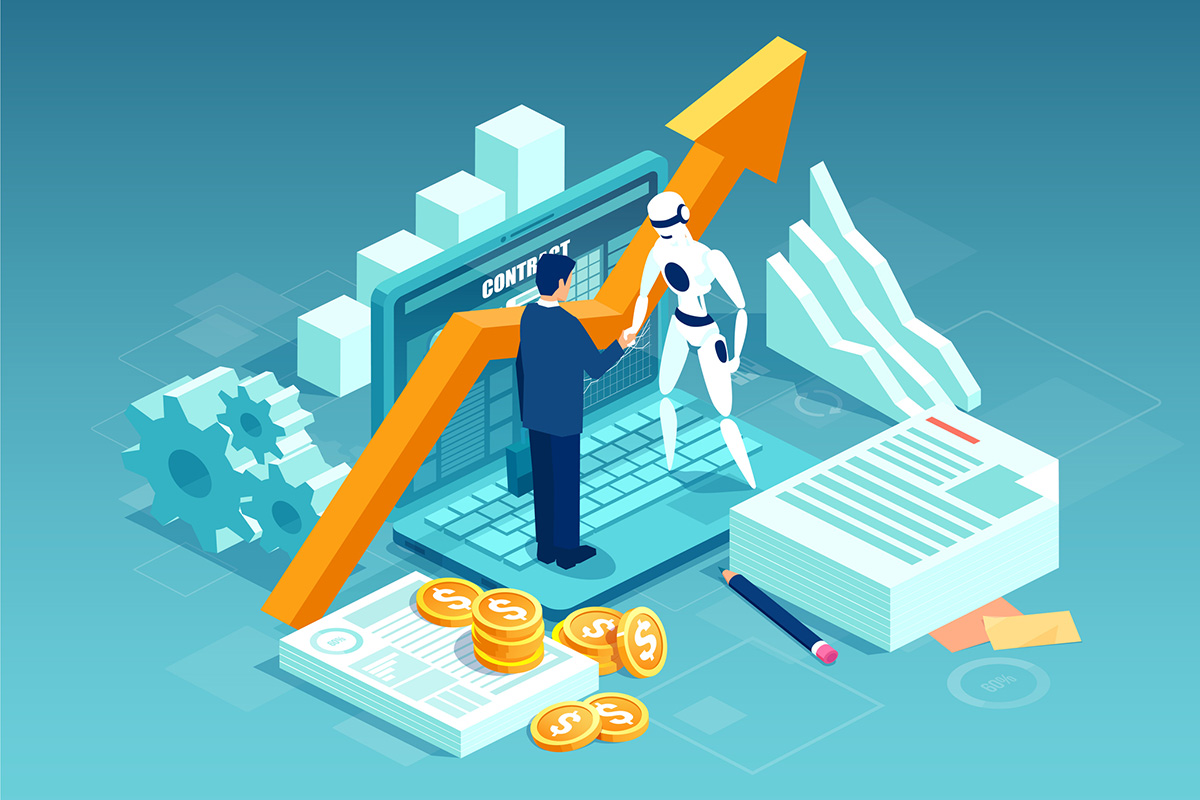A while ago, inspired by the podcast “Jong Beleggen” (Young Investing), I began my journey into the world of investing. Initially, I relied on AI primarily to quickly find information on stocks and ETFs, using tools to filter through data and get fast insights on specific industries and markets. This was a huge time-saver compared to manual research, allowing me to analyze trends and key financial data more efficiently. However, I soon realized that generative AI could take my investment strategy to a new level by not just retrieving information but generating actionable insights.
Generative AI tools offer much more than search functions, they can synthesize vast amounts of data and generate tailored reports that help me make more informed decisions. For instance, I now use Generative AI to create concise summaries of market reports or even generate potential investment strategies based on historical data. These tools process vast quantities of information and highlight key takeaways, enabling me to focus on strategic decision-making rather than spending hours analyzing financial statements. One of the most valuable aspects of Generative AI is its ability to project hypothetical scenarios based on specific variables I input. Whether I am looking to compare ETFs in renewable energy under different economic conditions or generate new investment ideas by cross-analyzing trends across industries, these tools help me visualize potential outcomes. This added layer of insight has helped me uncover opportunities I might have otherwise missed.
While I use Generative AI more and more, I would not say I rely on it entirely. Whenever AI presents something promising, I always double-check the information before making any purchases. I see AI as a valuable assistant for quick data processing and generation of ideas, but final decisions always involve additional research and verification.
Looking forward, I am excited and curious about the potential of these tools to incorporate real-time data and more accurate predictive models. With further development, I believe Generative AI could offer even more precise, personalized insights to help investors adapt to market shifts in real-time.
Overall, transitioning from basic AI for searches to incorporating generative AI for deeper analysis has transformed my investment strategy. These tools have not only saved me time but also allowed me to think more strategically, turning data into actionable insights that drive smarter investment decisions.


Your article got me thinking about an actively AI managed portfolio.
In the last decades, there has been a huge shift in the stock market from qualitative/financial approaches to a very quantitative, statistical approaches. Generative AI is infamously bad at quantitative tasks and mathematical reasoning, but it has some general intelligence. Perhaps, with the right add-ons, generative AI could prompt certain quantitative analyses, and use these to motivate an investment. Prompting the AI weekly or daily to make adjustments if necessary would be sufficient to take decisions then.
I’m not sure if such an AI would outperform the markets. But, unless it messed up terribly, it would certainly outperform some other actively managed funds!
It’s great to see how GenAI is helping create insightful investment strategies. I’m curious about its impact on market behavior, especially when similar algorithms are used by many investors. Could this concentration of AI stabilize market volatility through data-driven decisions? Additionally, agree with you, we should be cautious about over-relying on AI for critical decisions. It’s important to balance AI-generated insights with traditional financial analysis, which can lead to more comprehensive, well-informed investment decisions.
I like you article, clearly showing how AI can save valuable time, which you can then spend more effectively on decision making. I am inspired to start using AI more in my current investment strategies, could you potentially list the tools you are currently using and for what use cases? Thanks in advance.